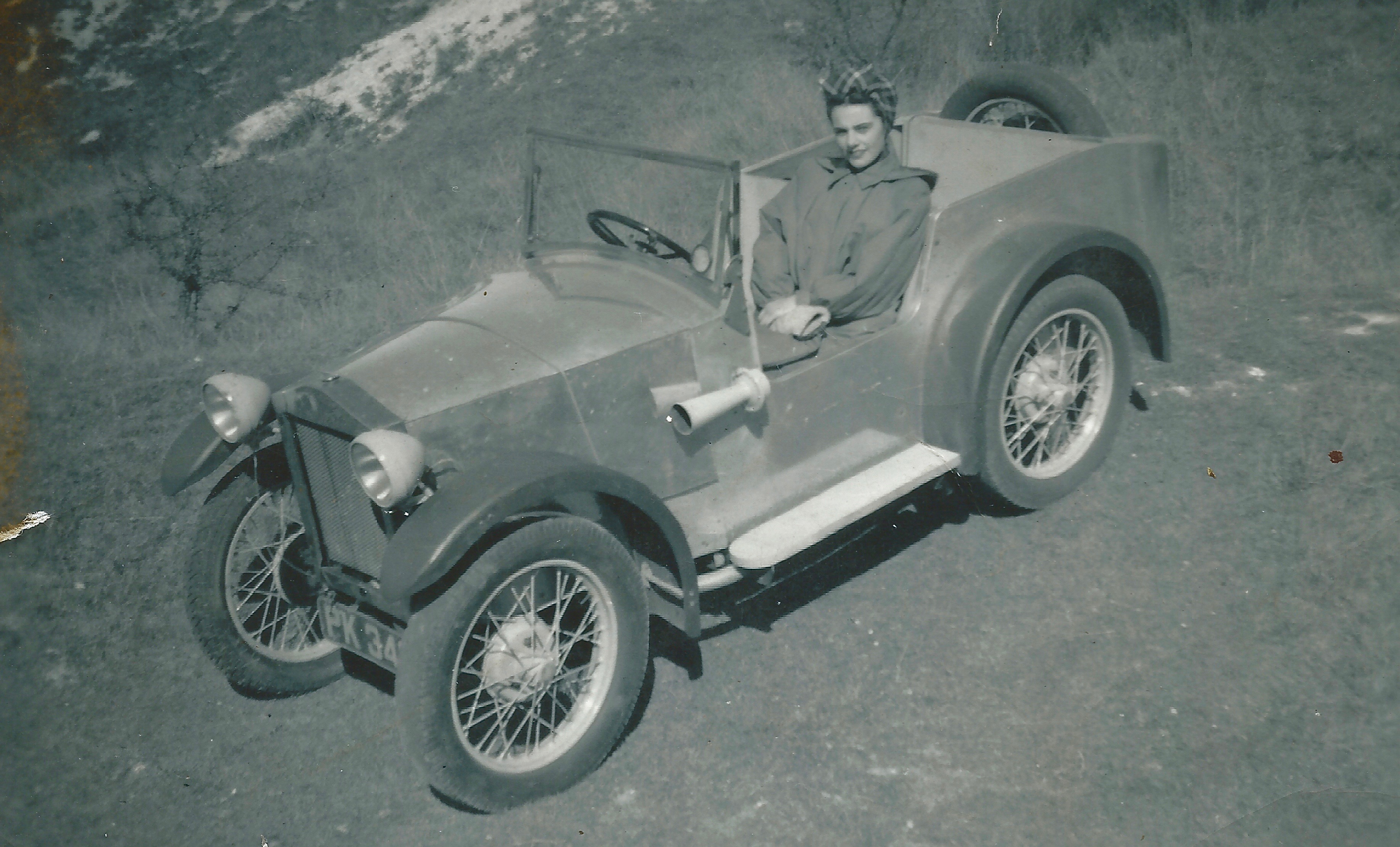The Bullitt Mustangs have been recovered. So has Carroll Shelby’s Little Red Mustang. But Edsel Ford II continues to hunt for the glass bowl won by Henry Ford when he beat Alexander Winton in a motorcar race, and Bill Warner is searching for the 1960 Frua Volkswagen.
And now Group Lotus and Colin Chapman’s son, Clive, are asking for help in locating the original Lotus Mark I, the first car built by Colin Chapman.
“As the British marque continues its 70th celebrations, it wants fans from around the world to pick up the trail of the most elusive Lotus ever – the competition car that the young engineer hand-built in a small London garage owned by his then girlfriend’s parents,” Group Lotus said in its announcement.
“Overcoming the standard car’s limitation, Chapman applied innovative approaches to improve its performance in challenging trials competitions.

“Despite its existence being well documented, the current whereabouts of the Mark I remain a mystery.
“Built by Chapman, with the help of friends and his girlfriend (who later became his wife), Hazel, he entered a number of events in 1948 with immediate success.
“However, Colin was constantly innovating, and was soon hard at work on the Mark II. The first car was sold in November 1950 but, from there, the car’s trail goes cold. Despite much research over the years, its whereabouts have never been established.”
“The Mark I is the holy grail of Lotus’ history,” said Clive Chapman. “It’s the first time that my father was able to put his theories for improved performance into practice when designing and building a car.
“To locate this landmark Lotus, as we celebrate the 70th anniversary, would be a monumental achievement.
“We want fans to take this opportunity to look in every garage, shed, barn and lock up they’re allowed to. It’s even possible that the Mark I was shipped from the UK, and we’d love to know if it survives in another country.”
According to the Group Lotus announcement, the Mark I was built “to optimise mass and aerodynamics in order to maximize performance and handling. Covering everything from suspension configuration and layout, making sure that ground clearance was not compromised, improvements included reinforcing the chassis, cladding the body in lightweight bespoke panels and ensuring that components frequently damaged in competition could be quickly reattached.
“Applying theories learnt from this formal training as an engineer, Colin was already developing the principles that would go on to define Lotus cars of the future. One notable decision was to extend the rear of the car, and include two spare wheels. This allowed for the better allocation of ballast, distributing weight within the car to maximize traction for each event.”
Chapman started with an Austin Seven that he re-engineered with Hazel lending a hand as needed. With Chapman driving and Hazel riding along, they won class honors in their first two competitions in 1948.
“Originally finished in bare, unpolished alloy, the car was then painted white, before repainted in red,” Group Lotus said.
“A restless engineer, Chapman was soon working on the next car, the Mark II, designed using the lessons learned from his first and the experience gain through the competitions he’d entered.
“As a result, an advert placed in Motor Sport magazine, describing an Austin Seven Special four-seater sports-cum-trials car saw the Mark I sold in November 1950. Chapman received £135 for the car, but the only thing now known about the new owner was that they were based in the north of England.”






Hello Larry,
Colin Chapman married Hazell not Helen ….
Best regards,
Joris
Yes, I knew that, but my fingers got ahead of my brain and I typed the wrong name.